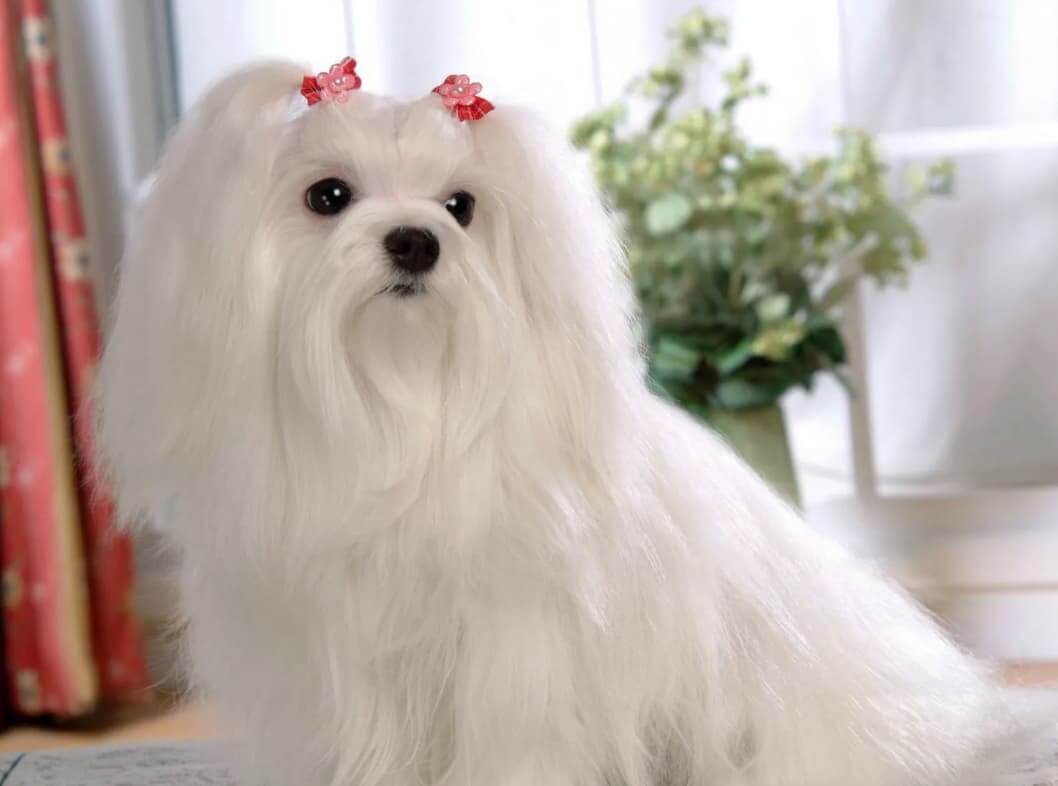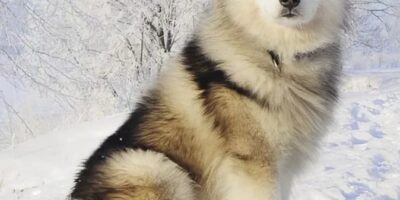History
Those who owned this breed were not seen as impoverished. This highlighted the elevated status of the owners. Before the fifth century, Maltese were particularly popular pets among Greek matrons.
Queen Elizabeth I of England (the dogs accompanied her everywhere), King Louis IX of France, King Philip II of Spain, Queen Mary Stuart of Scotland, Empress Catherine II of Russia, and others maintained them throughout the Middle Ages. Queen Victoria of England had such a dog during the mid-nineteenth century.
Rubens, Dürer, Titian, Veronese, and Goya represented Maltese voluntarily on their works. In 1864, the Maltese was first shown in England at a dog exhibition. They were recognized as an Italian breed and a breed standard was established. In 1873, the first English Lancers’ Club for Maltese was established. In the United States, Maltese emerged throughout the late 19th and early 20th centuries.
At that time, the Kennel Club of America recognized only champion dogs, and the first to be registered were the females TOPSY and SNIPS. There are now descendants of dogs brought from England, Germany, Italy, Canada, and France in American kennels.

Appearance
Maltese Bolonka is tiny, fluffy, affable, and playful. Her figure is elongated. If not cut, its hair develops like hair. The animal resembles a fluffy, adorable cloud or cotton candy.
It contains no wrinkles. The base of the tail is broader than its tip, and it is positioned quite high. The legs are muscular and robust, and the feet are rounded.
Character
The Maltese are a peaceful and intellectual dogs. They are lively and energetic. They like to run around the house with kids. Moreover, they like playing outdoor sports, particularly outdoors, and they are obedient. Even a youngster could manage them. They are loyal and do not accept loneliness. When left alone, the dog will bark loudly.
The dog is kind. All family members are cherished. Children are often the greatest companions to pets, whom they cherish. The Maltese are inquisitive but obedient. The pet sensitively perceives the owner’s disposition. It easily adjusts to the mode. It provides a daily dose of positivity. Doggy is delightful.
Care
It is essential to properly maintain the pet’s beautiful long hair or to trim it short. It requires a brush with a rubber base and two combs with teeth of varying thicknesses for brushing. You should brush most thoroughly around the eyes to prevent hair from sticking together and “eye stones”.
Bathe your pet no less than once every 10 days. Brush your cat before bathing. Use costly shampoos and conditioners. Blow-dry your pet with a hair dryer set to medium heat. Claws should be trimmed every 14-21 days to avoid damaging blood vessels.
Feed your puppy until he is six months old four times a day, up to twelve months three times a day, and adult dogs should be fed twice a day with natural food. The ration for one meal is 1 tablespoon per 0.5 kilograms of the dog’s body weight.
Diseases
- Heart defect (chronic);
- Glaucoma;
- Retinal wasting;
- Hypoglycemia;
- Deafness;
- Blockage of the tear ducts causes blindness;
- Cryptorchidism;
- Candida Dermatitis;
- Hydrocephalus;
- Dystychiasis;
- Stenosis of the stomach’s pylorus.


